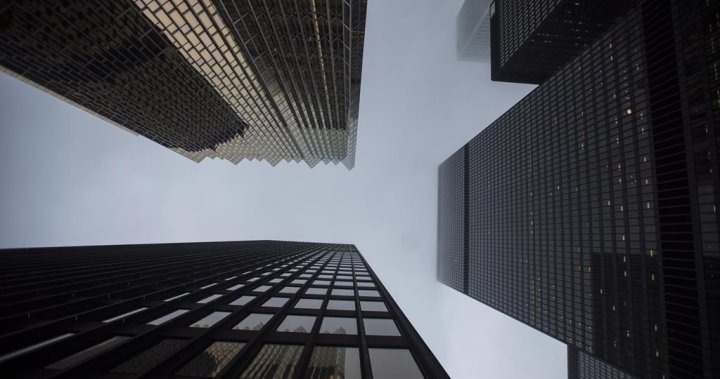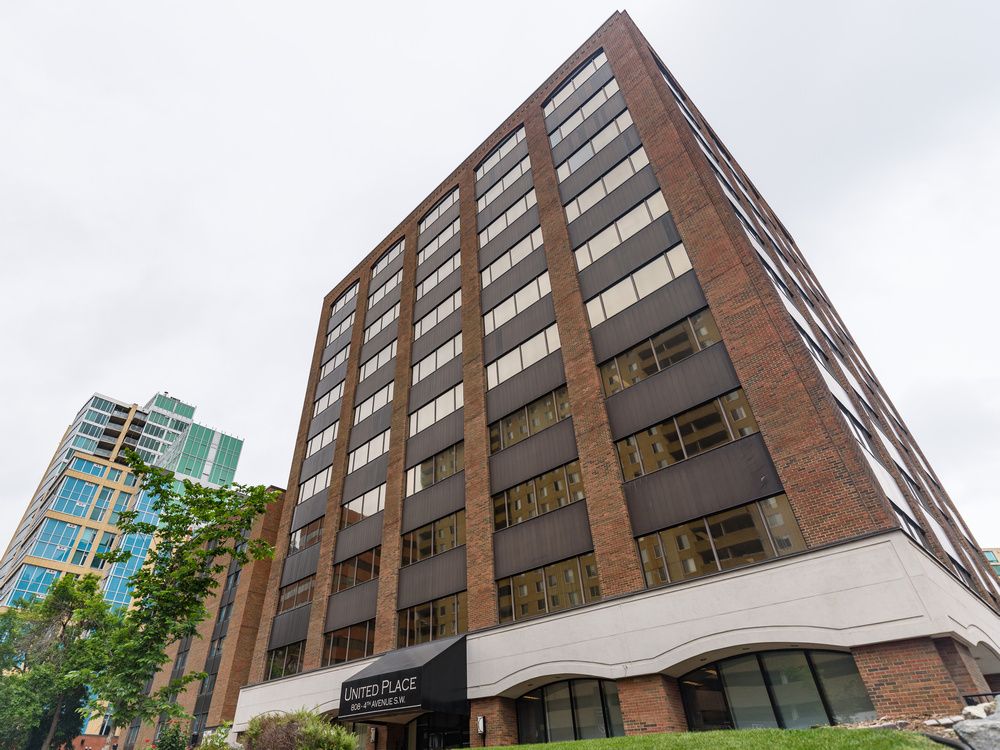
Toronto looks to explore Calgary’s experience with office conversions | Globalnews.ca
Toronto's Planning and Housing Committee has now endorsed a motion directing staff to look into what it will take to convert offices to housing units.


They need to find funding for this until there are no more empty office tower to be converted. We haven't seen a lot completed, so we're still in the early days. IMO this is more economical than funding new builds and almost any other form of city centre affordability.
Calgary's office conversion program is on pause. What's next?
The city will be on the hunt for fresh funding as it looks to renew its downtown office conversion.calgaryherald.com
Is it? If that was the case, why would building owners need the subsidy? If we were to provide the same subsidy to new builds (especially greenfield woodframe apartments) I bet it would leverage a LOT more units.They need to find funding for this until there are no more empty office tower to be converted. We haven't seen a lot completed, so we're still in the early days. IMO this is more economical than funding new builds and almost any other form of city centre affordability.
To me, it is bigger than raising assessed values and thus taxes. If you're looking at it on the city's potential of breaking even on their investment; it is a bad investment. If you're looking at it as a unit per dollar spent invest; it is a bad investment.Is it? If that was the case, why would building owners need the subsidy? If we were to provide the same subsidy to new builds (especially greenfield woodframe apartments) I bet it would leverage a LOT more units.
I feel the best way to judge it is, look at the pre-conversion assessed value (and tax roll contribution), then look at the same for post conversion. How much more in property taxes is the address now contributing? And, how long will it take to recoup that investment for The City?
The whole point of this program was because we had too many vacant towers, that were dragging down our assessed values, right? Or, was there a different main objective?
From what I recall, the tax situation was the impetus for this program. How it long it takes to pan out is hard to say, time will tell. I supported this program, and I still think there are benefits to it, but I'd like to see the pause on it until we see what kind of results come from this first round. Once the projects are done, and residents have settled in we can get a better idea of the success.The whole point of this program was because we had too many vacant towers, that were dragging down our assessed values, right? Or, was there a different main objective?
Raising assessed values does not raise tax revenues. It can reallocate tax responsibility within the tax class. The expressed aim is not to raise the values of the converted properties, in fact the properties change tax classes to residential which pays 1/5th the taxes per value.raising assessed values and thus taxes.
Building by building wouldn't it increase what the city gets from that specific building? I understand the city doesn't get more taxes overall.Raising assessed values does not raise tax revenues. It can reallocate tax responsibility within the tax class.
Has there been a catchment area drawn to measure this against?Raising assessed values does not raise tax revenues. It can reallocate tax responsibility within the tax class. The expressed aim is not to raise the values of the converted properties, in fact the properties change tax classes to residential which pays 1/5th the taxes per value.
The goal was to reduce inventory of offices, especially low end ones which can act as a low 'anchor' for the valuation models of other buildings.
9 figures is an awful lot to spend on "vibes".To me, it is bigger than raising assessed values and thus taxes. If you're looking at it on the city's potential of breaking even on their investment; it is a bad investment. If you're looking at it as a unit per dollar spent invest; it is a bad investment.
This is city building. A green field wood frame apartment is not improving eyes on the street downtown. Government has been forced to step in and stop the bleeding. For lack of a better term the main objective, I think, was "vibes improvement". You facelift some buildings (good vibes), get more people living downtown (good vibes), and start to eat away at your office vacancy issue (good vibes).
Now, downtown vacant lot/parking lot/greenfield subsidy, I don't think that's the worst idea either but you only do that if you get a chunk of below market housing (carrot). That would also need to be coupled with a penalty for holding on to a vacant lot (stick). The feds are eating the GST, you give a developer a fork in the road; a subsidy to actually build something and avoid the penalty. Doesn't help the labour issue, but you're a city government, do what you can.
I thought the idea was to fill up the empty office buildings with residents (even though they would pay less tax), so as to bring down the office vacancy rate and be able to keep office building taxes at a higher level?Raising assessed values does not raise tax revenues. It can reallocate tax responsibility within the tax class. The expressed aim is not to raise the values of the converted properties, in fact the properties change tax classes to residential which pays 1/5th the taxes per value.
Probably not.Building by building wouldn't it increase what the city gets from that specific building? I understand the city doesn't get more taxes overall.
That is the theory. Edmonton recently did some math on payback, and it is more than half a century.I thought the idea was to fill up the empty office buildings with residents (even though they would pay less tax), so as to bring down the office vacancy rate and be able to keep office building taxes at a higher level?
I guess to get more high-level... what were the alternatives? Do nothing?Has there been a catchment area drawn to measure this against?
9 figures is an awful lot to spend on "vibes".
That’s the one single thing I like about it. I wish there was another way to encourage development or conversions downtown without having to use taxpayer funded money.One good thing about this program, is that once the units are converted they'll likely stay residential permanently.




